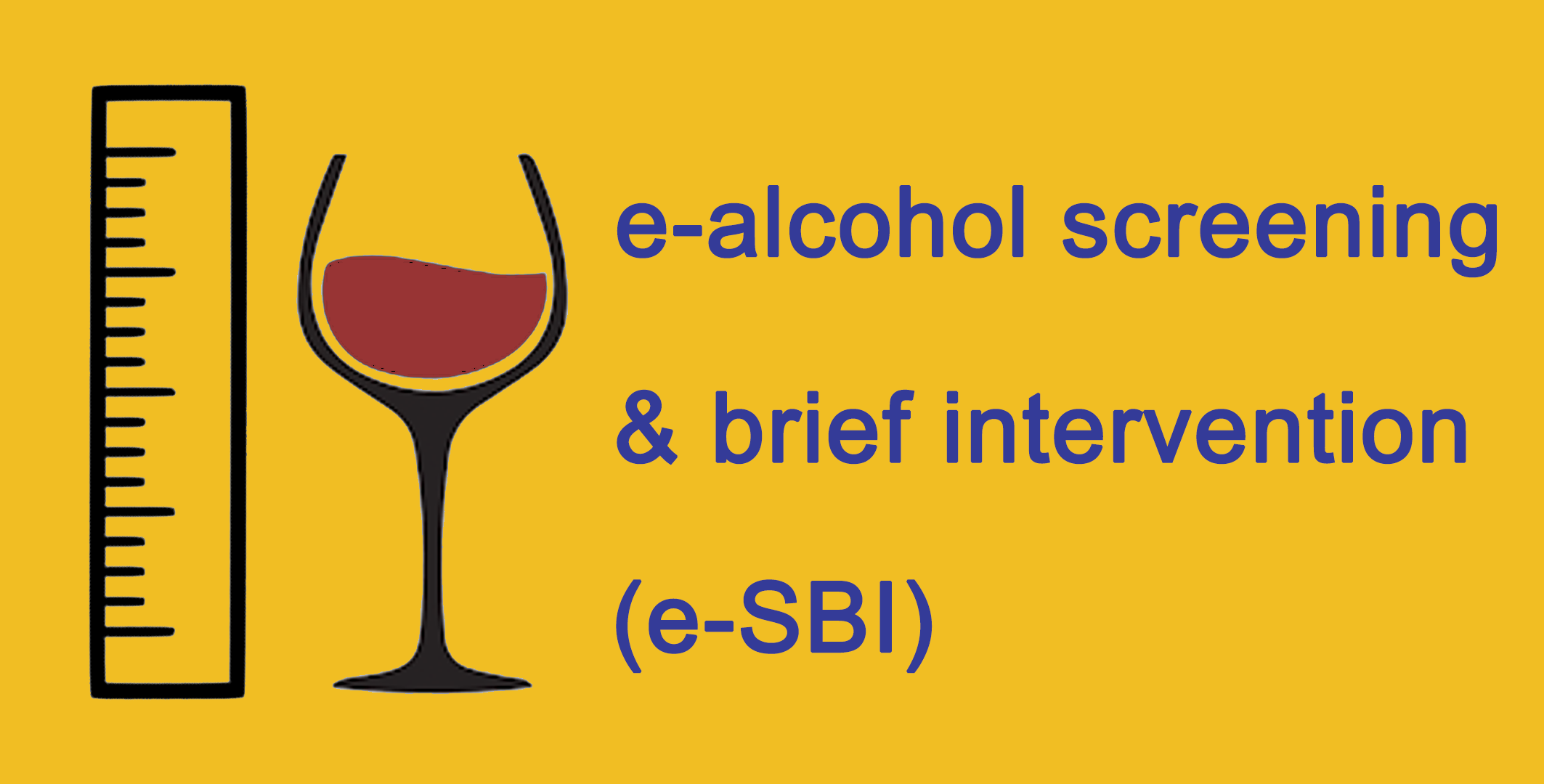NCD Watch
Breast Cancer Screening Recommendations and Risk Assessment
8 Mar 2022 (Tue)

Breast cancer is the most common cancer among women in Hong Kong. In 2019, there were 4 761 new cases of female breast cancer. Being the third leading cause of cancer deaths among local women, breast cancer caused 751 deaths in 2020.
Many factors can increase a woman’s risk of developing breast cancer. Based on the combination of risk factors, the personalised risk for breast cancer can be estimated and recommendations on breast cancer screening can be given accordingly. The purpose of breast cancer screening is to detect the disease before symptoms so that early treatment can be initiated.
The Hong Kong SAR Government’s Cancer Expert Working Group on Cancer Prevention and Screening (“CEWG”) recommends a risk-based approach for breast cancer screening for local women. According to the latest CEWG’s recommendations, women aged 44–69 with certain combinations of personalised risk factors putting them at increased risk of breast cancer are recommended to consider mammography screening every two years.
The Breast Cancer Risk Assessment Tool, developed by The University of Hong Kong, is specifically designed for use by local Chinese women aged 44–69. Women can use the personalised assessment tool to assess the risk of developing breast cancer. The Breast Cancer Risk Assessment Tool includes simple questions on a woman’s age, age of menarche, age of first live birth, family history of breast cancer among first-degree relatives, history of benign breast disease, body height and weight (for body mass index calculation), and physical activity level. Based on the assessment results, women can discuss with doctors to make an informed decision on breast cancer prevention and screening. The Breast Cancer Risk Assessment Tool is accessible at the Cancer Online Resource Hub: www.cancer.gov.hk/bctoolThis link will open in a new window. Of note, the Breast Cancer Risk Assessment Tool does not definitively tell who will or will not develop breast cancer, nor can it be considered as a form of medical diagnosis or medical consultation.
Furthermore, women are recommended to be breast aware (i.e. be familiar with the normal look and feel of the breasts) at all time and seek medical attention promptly for any suspicious symptom (such as breast lump or persistent discomfort in the breast, localised breast skin changes, in-drawing of or discharge from the nipple, a new lump or pain in the armpit, etc.)
Besides, leading a healthy lifestyle (i.e. eating a healthy diet, being physically active, maintaining an optimal body weight and waist circumference, refraining from alcohol drinking and not smoking) is equally important for prevention of breast cancer. Breastfeeding could also decrease the risk of breast cancer. For more information on breast cancer prevention, please visit Cancer Online Resource Hub at www.cancer.gov.hk/breastcancerThis link will open in a new window.
Source: NCD Watch March 2022This link will open in a new window






































